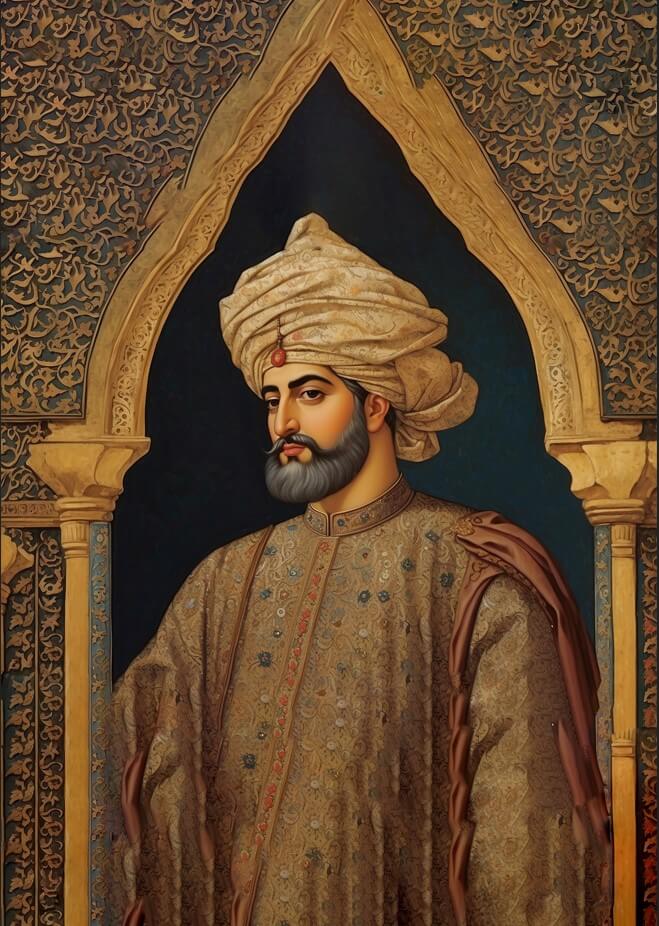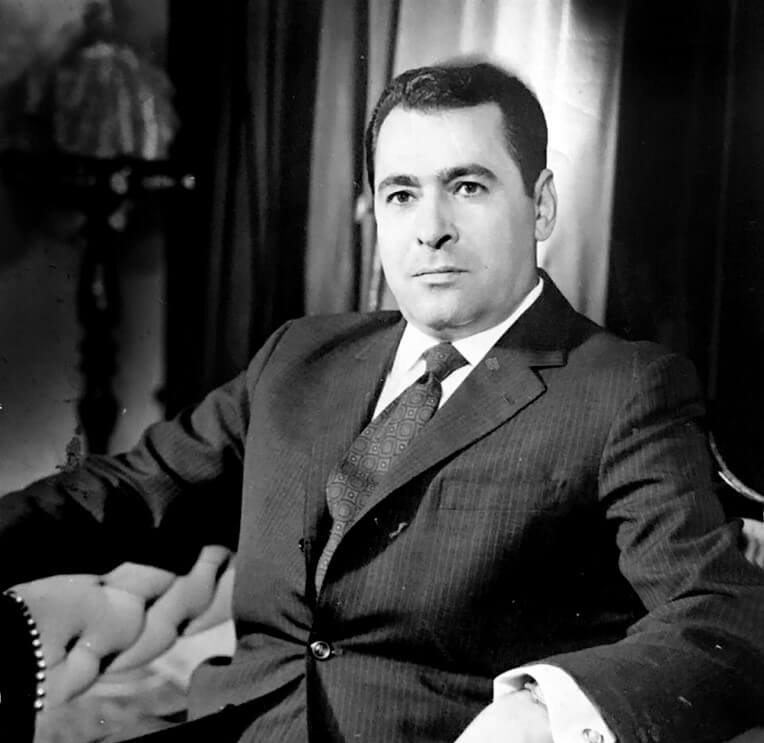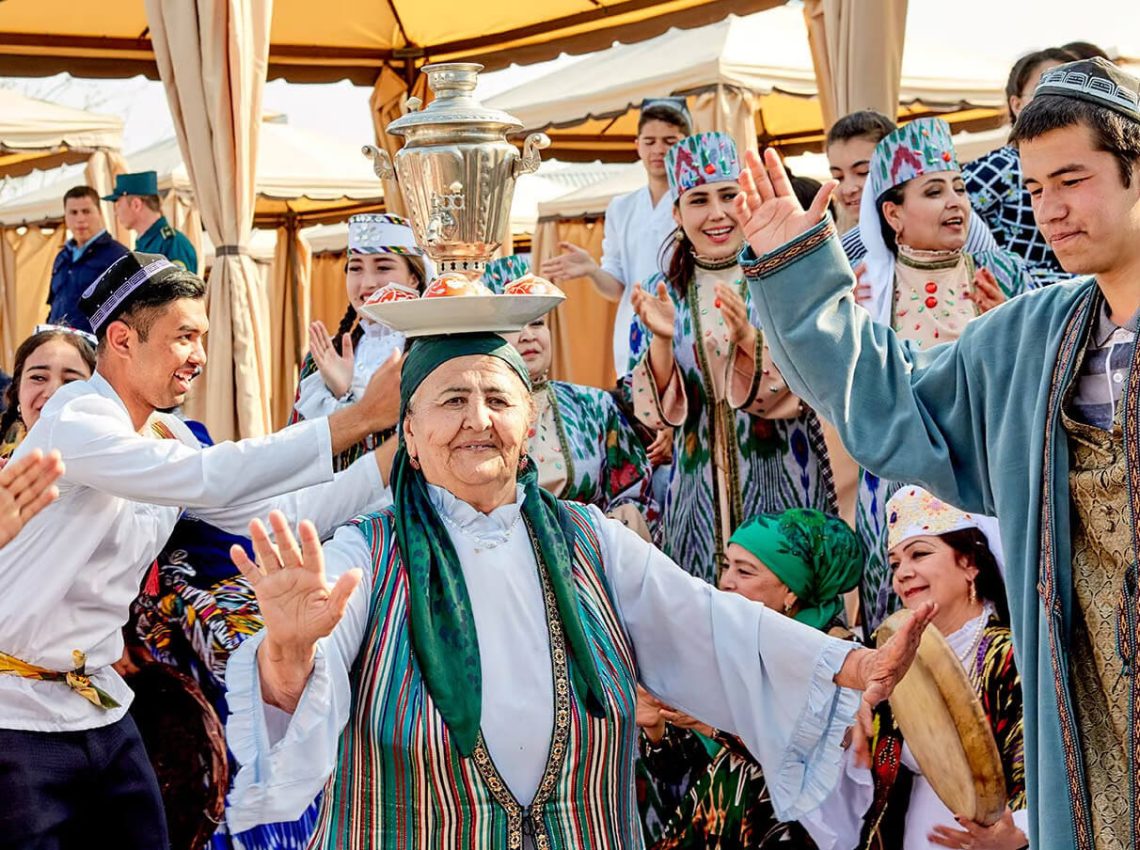Abbas the Great: The Transformative Shah of Iran from the Safavid Dynasty
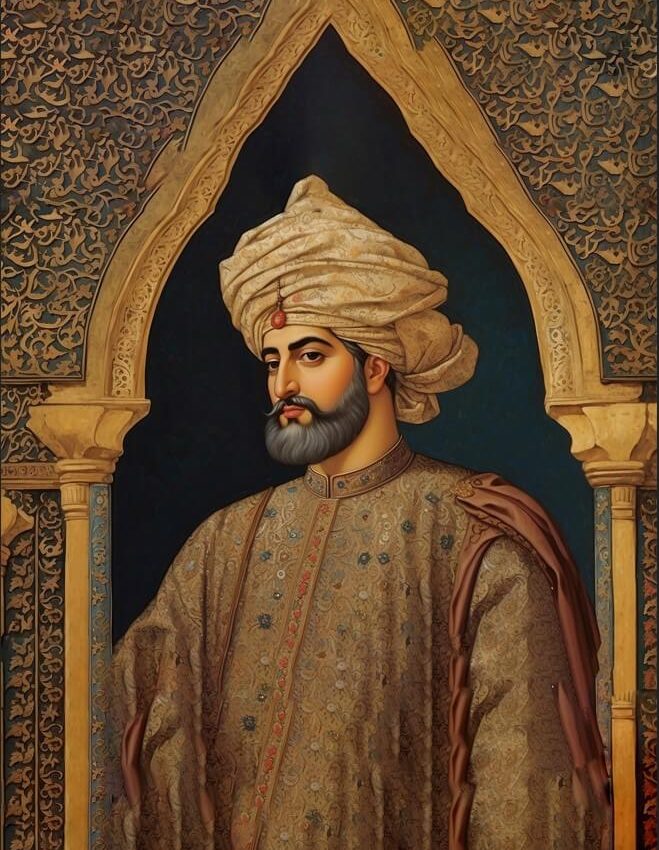
Abbas the Great, reigning from 1587 to 1629, stands out as one of the most influential monarchs in Iranian history. As the fifth Shah of the Safavid Dynasty, his reign marked a golden age for Persia, characterized by significant military conquests, economic flourishing, and cultural renaissance. His strategic acumen and patronage of the arts transformed Iran into one of the leading powers of the early modern world.
Early Life and Ascension to Power
Abbas was born in 1571 in Herat, now part of Afghanistan, into the Safavid royal family. The Safavids, originally a Sufi religious order, had established a dynasty that converted Iran to Shia Islam, making it the state religion. Abbas came to power at a young age of 16, during a period of internal strife and foreign threats, particularly from the Ottoman Empire and the Uzbeks.
Military Reforms and Conquests
Recognizing the need to strengthen his realm, Abbas implemented significant military reforms. He reorganized the army, reducing the power of the Qizilbash tribal chiefs, who had become increasingly powerful and autonomous. Instead, he created a standing army loyal directly to him, including the ghulams (slave soldiers) who were converted Christians from the Caucasus, trained and educated in Iran.
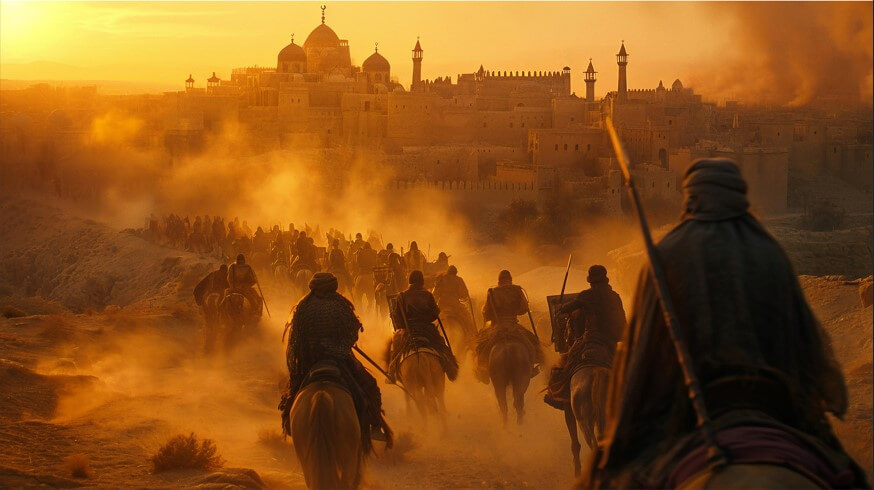
Abbas’s military campaigns were notably successful. He recaptured territory lost to the Uzbeks, including the important city of Herat, and pushed back against the Ottomans, regaining control over Azerbaijan, including the city of Tabriz, and parts of Armenia and Georgia. These victories not only expanded Safavid territory but also secured Iran’s borders, enhancing the empire’s stability and prestige.
Economic and Architectural Achievements
Abbas understood the importance of a strong economy to support his military and cultural ambitions. He promoted trade by moving the capital to Isfahan, situated at the crossroads of major trade routes. Abbas encouraged commerce with foreign nations, including the British and Dutch, reducing the power of the Portuguese in the Persian Gulf and encouraging the influx of European goods and ideas.
Under Abbas, Isfahan transformed into one of the most beautiful cities of its time, often referred to as “Half of the World.” He built many architectural wonders, including the Imam Square (Naqsh-e Jahan Square), the Sheikh Lotfollah Mosque, and the Royal Mosque (Masjed-e Shah), which remain among the finest examples of Islamic architecture.
Cultural Flourishing
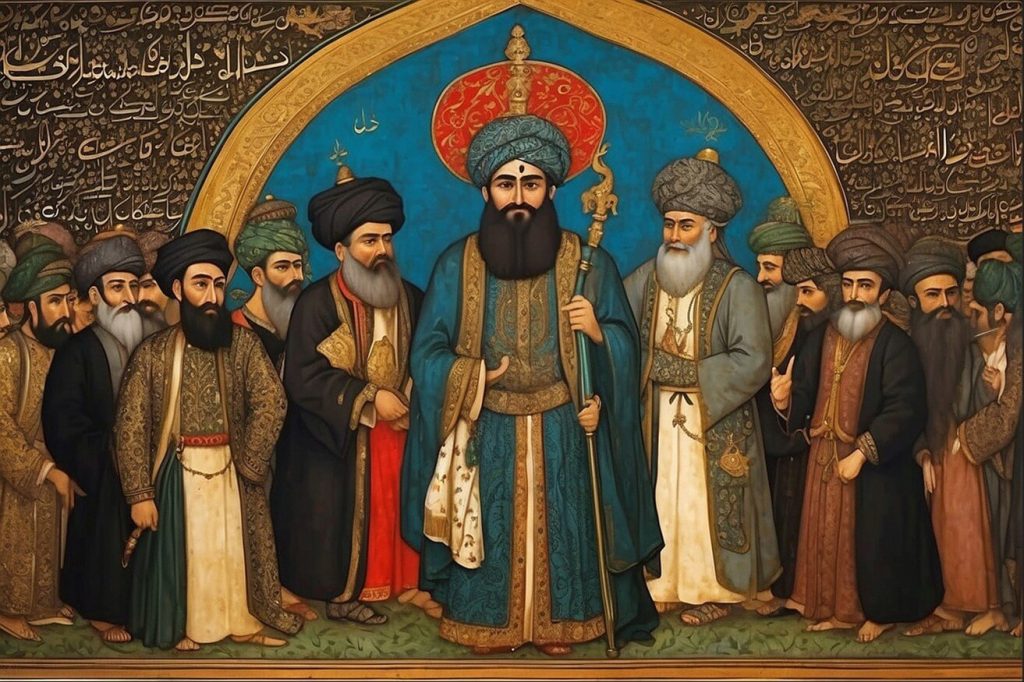
Abbas the Great was a patron of the arts, fostering a cultural renaissance that saw Persian art and craftsmanship reach new heights. He supported artists, poets, and philosophers, leading to a flourishing of Persian miniature painting, calligraphy, and literature. The arts under Abbas were characterized by a blend of traditional Persian styles with influences from Europe, Central Asia, and the Ottoman Empire.
Legacy and Impact
Abbas’s reign marked the zenith of the Safavid Dynasty’s power and influence. He not only expanded and secured Iran’s borders but also established a strong central authority, revitalized the economy, and endorsed the arts and architecture. His efforts in building a capable administrative structure and promoting Shia Islam helped define Iran’s national identity.
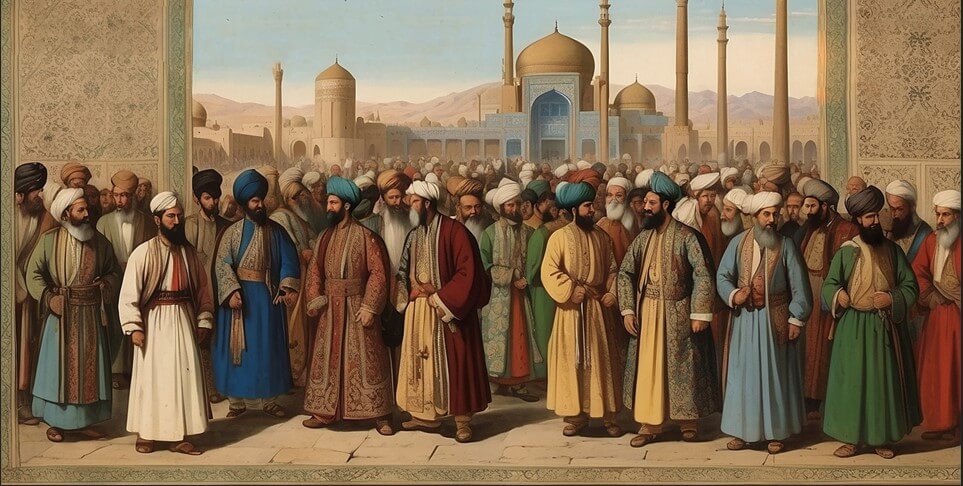
While his policies, especially the use of forced migrations to populate strategic areas and control the empire, have been critiqued for their harshness, Abbas’s overall impact on Iran was transformative. He left a legacy that significantly shaped Iranian history, making him a pivotal figure in the country’s development and a celebrated monarch in the annals of Persian history.
Conclusion
Abbas the Great’s reign is a defining period in Iranian history, representing a time when the nation stood as a dominant cultural and military force in the region. His strategic military campaigns, economic policies, and patronage of the arts led to a period of prosperity and cultural richness that left an indelible mark on Iran’s historical and cultural landscape.



